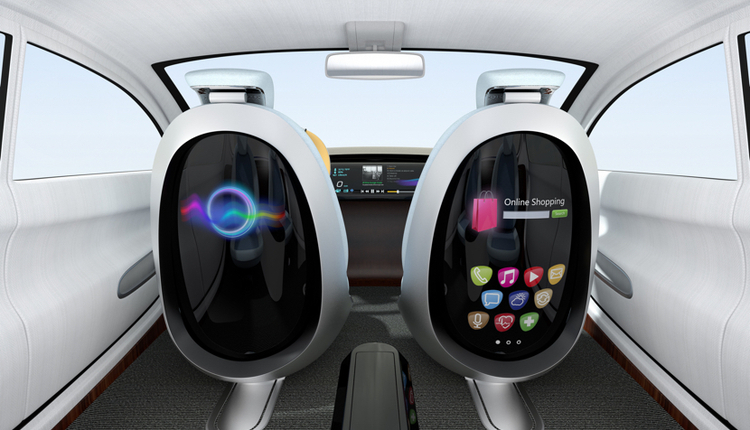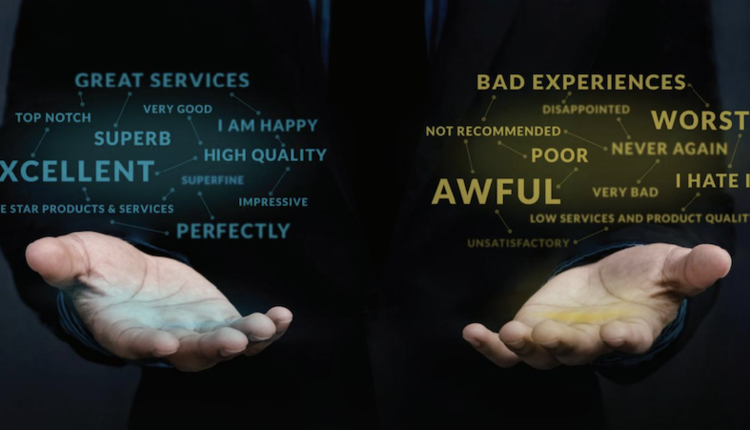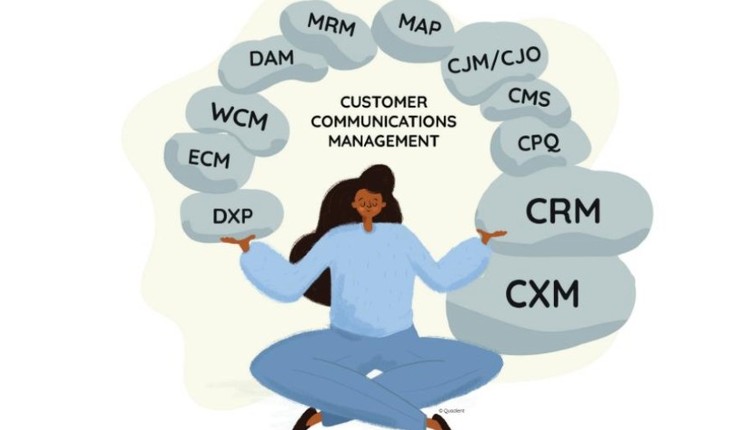
Image by: CreativaImages, ©2016 Getty Images
The title of this article is a rework of a quote from noted astrophysicist and author Neil deGrasse Tyson, PhD, who said, “The universe is under no obligation to make sense to you.” This same concept applies to the topic of customer experience (CX). Over the past several years, there has been a significant evolution in thought about CX that is beginning to penetrate into areas that will affect the daily lives of document professionals.
In 2016, more and more C-level and VP-level executives are looking at their business with a new perspective. These executives have recast roles, such as chief customer officer, chief digital officer and chief experience officer. They may be supported by CX professionals at the vice president level. There might also be CX teams or centers of excellence that organize around CX. Together, these groups are using new terms to describe how the infrastructure, communications and documents that your organization produces are part of the customer experience your company generates.
These new CX experts will be putting much of your work in a new context, as they seek to change your organization's corporate culture so that it views almost every operation of the company through the lens of the customer experience. As a document professional, these shifts may challenge the ways you have been evaluating your projects for years. They may challenge the entire notion of project success that you have developed over the course of your career. In fact, your high level of experience may even become a barrier to advancing your career due to this shift in thinking.
Exploring the basic premise behind the new thought of CX will make it easier for you to prepare to join these initiatives at your company, rather than resist them. The more you understand the CX ecosystem, the more valuable your contributions will be and, most importantly, the better the customer experience can become.
What is customer experience?
According to Wikipedia, “Customer experience is the product of an interaction between an organization and a customer over the duration of their relationship. This interaction includes a customer's attraction, awareness, discovery, cultivation, advocacy, and purchase and use of a service. It is measured by the individual's experience during all points of contact against the individual's expectations.”
From a document professional’s perspective, every document, communication and interaction we support contributes to the customer experience. Many things we do not control contribute to customer experience as well. Moreover, some things that we can influence, but do not directly control, can also improve customer experience.
How can I learn more about customer experience?
To understand customer experience, it might help to look at the work of some of the prominent thinkers in the market. Experts like Brian Manusama from Gartner, Rick Parrish, PhD, from Forrester and Annette Franz, CCXP, of Caliber UX are defining the customer ecosystem from a variety of perspectives.
Some of these experts focus on tools like customer journey mapping as a way to inventory customer touchpoints, map them to the underlying enterprise subsystems and associate them with the actual customer’s perception of the communication. Others focus on the CX ecosystem, which includes everything that impacts the customer experience. In the case of a bank, this might range from the cleanliness of a branch, the accuracy of the GPS system guiding customers to it and how customers feel about the pens that may be chained to the counters in a branch office.
No matter how deeply you delve into the research, the takeaway is the same. The communications you are responsible for are part of a larger context. Once you have an appreciation of this, you can understand how the new CX executives are measuring success. Here are a few examples:
- In the past, you may have valued cost above other metrics. This led you to reduce font sizes to save page count and costs associated with a document. Conversely, with a CX view, you may rewrite for clarity, add pages, increase color and deliver over multiple channels to increase the lifetime value of a customer.
- In the past, you may have avoided a redesign because of a costly compliance burden or cumbersome state regulations. With a CX view, compliance is something to be managed and cannot be a barrier to a great customer experience. Companies in the future will win business based on superior experiences.
- In the past, information technology (IT) schedules controlled the pace of communication project implementations, especially when complex system integrations were required. Since channel projects were hard to coordinate, many were not coordinated at all. With a CX view, the lines of business control their own changes and seek to use tools that let them update their designs, preview their changes, manage their approvals and deploy on their schedules in order to act and react quickly in a fast-paced market.
You can start to get involved by proactively finding the customer experience initiatives within your enterprise. More than 20% of companies are already implementing them. That leaves 80% who still need to get started. If your organization is one of them, you can help make it happen. This could be your career 2.0 within your business.
You can learn the tools of customer journey mapping. In fact, at DOCUMENT Strategy Forum, I can help you. On Tuesday, May 10 at 2:00 pm, I will be conducting a session on “The Customer Experience Journey.” This will be part presentation, part workshop session where we will explore the tools of customer experience. We will look closely at a basic customer journey, discuss how documents fit in, map the dependent systems and gain an understanding of the influence our work has on our customers and employees. I hope you will join me!
Also, if you are a fan of Dr. deGrasse Tyson, he is speaking in downtown Chicago on May 10, while you may be in town for DOCUMENT Strategy Forum.
Scott Draeger is vice president of product management at GMC Software Technology, a provider of multi-channel and highly personalized document outputs for customer communications management. For more information, visit www.gmc.net or follow him on Twitter @scottdraeger.


















